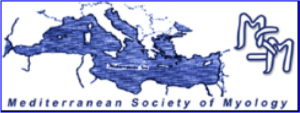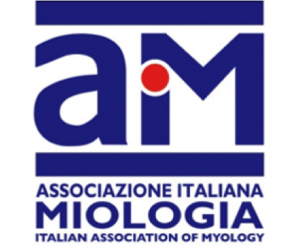Spinal muscular atrophy is a progressive and severe hereditary (autosomal recessive) neuromuscular disease characterized by lower motor neuron degeneration in the spinal cord and brainstem causing a clinical picture of progressive muscle atrophy and weakness of skeletal and respiratory muscles. There is an ongoing discussion on the extent to which other tissues might be affected in patients with SMA. Several animal models and some case reports or small case series report involvement of other organ systems, such as peripheral nerve, brain, muscle, heart, vascular system, and pancreas. Recent literature reviews identified a number of cases with vascular abnormalities. We present two consecutive cases of patients diagnosed with SMA who developed peripheral circulation disturbances and combine the findings with a thorough review the literature.






